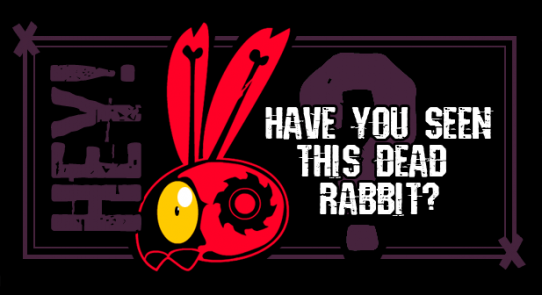With millions of marketing dollars hard at work on games like Call of Duty and Mass Effect, do independent developers stand a chance? You bet! The games industry has reached an interesting period where consumers have begun to actively seek out indie games. Is it because traditional big-budget titles are sorely lacking in innovation? Are today’s indie gems fulfilling a need through their willingness to take risks with gripping, heartrending tales like Freebird Games’ To The Moon? Or is it simply because there are now popular trade shows like the Penny Arcade Expo (PAX) that let developers bring the games face-to-face with their target audience? It’s very likely a combination of the three, but PAX is the puzzle piece that has put the power directly in the hands of these indie studios.
According to the NPD, in Q4 2011 consumers spent $3.3 billion dollars in games outside of traditional boxed products. That includes “used games, game rentals, subscriptions, digital full-game downloads, social network games, downloadable content and mobile games,” and downloadable gaming plays a large role in this figure. Interestingly, SEGA, one of the larger publishers attending PAX East 2012, is showing eight titles at the show this year, including games like Jet Set Radio and Hell Yeah from smaller developers, while showcasing only one boxed retail game.
With a price tag of around $2,000 for 10’x20’ booth space and an attendance of about 70,000 at PAX East in 2011, PAX is the sweet spot for indie developers. At a show like this, not only can they meet their existing fans, but it’s also much easier to garner new fans, and even shake their hand, too. It’s hard not to feel special when given a chance to meet the actual creator of a game and offer feedback and encouragement. Attendees of a show like this are some of the most passionate fans, making PAX ideal for viral, word-of-mouth excitement.
Having attended PAX East since it originated in 2010, I’ve noticed a few trends – the ratio of big name studios to fresh new faces is almost 1:1, and nearly every booth location can be good real estate. A spot beside a booth like Rockstar Games may at first seem intimidating to a small developer, but with long lines wrapping around the booth, con-goers will quickly move on to the next shiny booth that catches their eye, willing to trade some play-time for feedback.
Traditional gaming expos like E3 cost developers hundreds of thousands or even millions of dollars; journalists have limited time and resources to cover a slew of smaller titles that don’t generate the same attention as the AAA games. For these reasons and more, PAX has become an affordable, welcoming trade show that lets developers bring their games directly to the players. In fact, top-tier gaming press attend PAX to cover and discover the latest and greatest in indie gaming. It’s one of the few showcase opportunities where you’ll see indies honored right alongside their big-budget buddies.
TriplePoint will have a ground team at PAX East this year, manning booth #368 for Paradox Interactive and booths #548 and #448 for SEGA. Follow us on Twitter and send a shout-out if you see us or if you’d like to meet up!
Stephanie – @tigresaa | David – @dasupa1 | Dustin – @DustinBlackwell | Ryan – @ArrrMo


